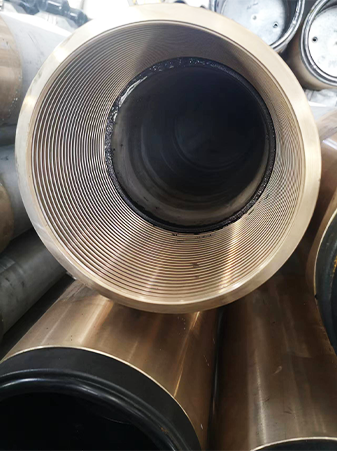- Afrikaans
- Albanian
- Amharic
- Arabic
- Armenian
- Azerbaijani
- Basque
- Belarusian
- Bengali
- Bosnian
- Bulgarian
- Catalan
- Cebuano
- Corsican
- Croatian
- Czech
- Danish
- Dutch
- English
- Esperanto
- Estonian
- Finnish
- French
- Frisian
- Galician
- Georgian
- German
- Greek
- Gujarati
- Haitian Creole
- hausa
- hawaiian
- Hebrew
- Hindi
- Miao
- Hungarian
- Icelandic
- igbo
- Indonesian
- irish
- Italian
- Japanese
- Javanese
- Kannada
- kazakh
- Khmer
- Rwandese
- Korean
- Kurdish
- Kyrgyz
- Lao
- Latin
- Latvian
- Lithuanian
- Luxembourgish
- Macedonian
- Malgashi
- Malay
- Malayalam
- Maltese
- Maori
- Marathi
- Mongolian
- Myanmar
- Nepali
- Norwegian
- Norwegian
- Occitan
- Pashto
- Persian
- Polish
- Portuguese
- Punjabi
- Romanian
- Russian
- Samoan
- Scottish Gaelic
- Serbian
- Sesotho
- Shona
- Sindhi
- Sinhala
- Slovak
- Slovenian
- Somali
- Spanish
- Sundanese
- Swahili
- Swedish
- Tagalog
- Tajik
- Tamil
- Tatar
- Telugu
- Thai
- Turkish
- Turkmen
- Ukrainian
- Urdu
- Uighur
- Uzbek
- Vietnamese
- Welsh
- Bantu
- Yiddish
- Yoruba
- Zulu
Casing Pup Joints - Quality Pipe Accessories for Oil and Gas Industry
Understanding Casing Pup Joints in Oil and Gas Operations
Casing pup joints are essential components in the oil and gas industry, particularly in drilling and completion operations. As part of casing systems, pup joints play a critical role in maintaining the integrity and efficiency of well construction. This article will provide an overview of what casing pup joints are, their significance, and their applications.
Casing is a series of steel pipes inserted into a wellbore to stabilize the well and prevent collapse. It acts as a barrier between the well and surrounding geological formations, protecting fresh water and ensuring safe drilling operations. Within this casing system, pup joints are short segments of pipe, usually ranging from 2 to 10 feet in length, which are used to connect other sections of casing or equipment.
One of the primary reasons for using pup joints is to allow for flexibility in the casing design. When drilling a well, operators often face unexpected geological challenges, such as changes in hole diameter or varying well depths. Pup joints provide a vital means of adjusting the length of the casing string to accommodate these changes without needing to manufacture or transport custom lengths of casing. This adaptability leads to improved efficiency, reduced costs, and minimized downtime in drilling operations.
casing pup joint

Pup joints are manufactured to meet specific industry standards and are tested for strength and durability. They come in various sizes and grades to match the requirements of different drilling environments. Typically made from high-strength steel, these joints can withstand extreme pressures and temperatures encountered during drilling processes. Their design also includes threaded ends, which ensure secure connections between segments of casing and other equipment.
The application of casing pup joints goes beyond mere adjustments in length. They are particularly valuable when conducting repairs or modifications in existing wells. If a section of the casing becomes damaged or corroded, operators can use pup joints to replace the compromised section effectively. This capability is essential for maintaining well integrity and prolonging the lifespan of drilling operations.
In conclusion, casing pup joints are crucial components in the oil and gas industry, enabling flexible and efficient well construction. Their role in adjusting casing lengths and facilitating repairs significantly contributes to the overall safety and effectiveness of drilling operations. As the industry continues to evolve, the importance of high-quality pup joints cannot be overstated, highlighting the need for ongoing innovation in casing technology. Understanding the functionality and benefits of these components is essential for operators and engineers aiming to optimize well performance and ensure environmental protection throughout the lifecycle of oil and gas extraction.
-
Tubing Pup Joints: Essential Components for Oil and Gas OperationsNewsJul.10,2025
-
Pup Joints: Essential Components for Reliable Drilling OperationsNewsJul.10,2025
-
Pipe Couplings: Connecting Your World EfficientlyNewsJul.10,2025
-
Mastering Oilfield Operations with Quality Tubing and CasingNewsJul.10,2025
-
High-Quality Casing Couplings for Every NeedNewsJul.10,2025
-
Boost Your Drilling Efficiency with Premium Crossover Tools & Seating NipplesNewsJul.10,2025







